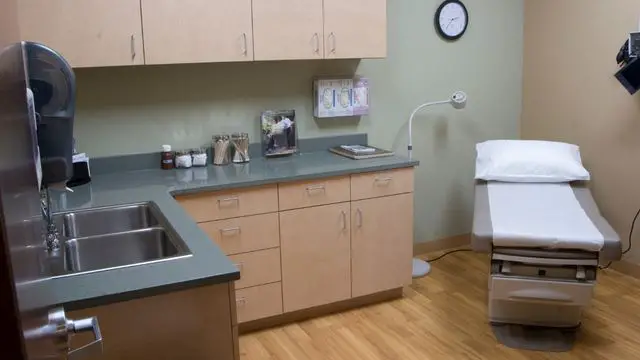Medical exam tables support patients during exams and treatments. Replacing fixed exam tables with height-adjustable exam tables can improve exams for patients and healthcare providers. Find out the top benefits of a height-adjustable exam table.
Enhance Exam Room Accessibility
The Americans with Disabilities Act (ADA) requires healthcare facilities to provide full and equal access to exam rooms. Accessible equipment plays a key role in providing accessibility. The number of accessible exam tables required in a doctor’s office or clinic depends on factors like the patient population and the size of the clinic.
Traditional fixed-height tables are often too high for people with limited mobility. Height-adjustable exam tables make it easier and safer for these patients to transfer to the exam table. An accessible table can lower to the height of a wheelchair seat and has features to support the patient during transfer and while on the table.
Improve Patient Comfort and Safety
While past exam tables were usually at a fixed height, the history of the medical exam table shows design improvements that prioritize patient comfort and safety. One of the best improvements to the table has been the addition of adjustable features.
Height-adjustable exam tables don’t only improve a clinic’s ADA accessibility compliance. They also help all patients get on the equipment more easily. When the healthcare provider can lower the table to a more comfortable height, patients feel more confident about getting onto the table without the risk of falling over.
Simplify the Exam Experience
Another benefit of a height-adjustable exam table is that it simplifies the exam process, making the experience better for both patients and healthcare providers. When a healthcare provider can adjust the table’s height, patients have a greater ability to get on the table on their own. This lowers the need for healthcare professionals to assist in lifting or otherwise moving patients onto the table, which in turn lowers the risk of harm to healthcare workers.
Healthcare providers can also adjust the height of the table during the exam. Elevating the equipment to the right height can make it easier for the provider to conduct an exam or procedure. Throughout the course of the workday, this can decrease providers’ fatigue and improve the quality of the exam.



